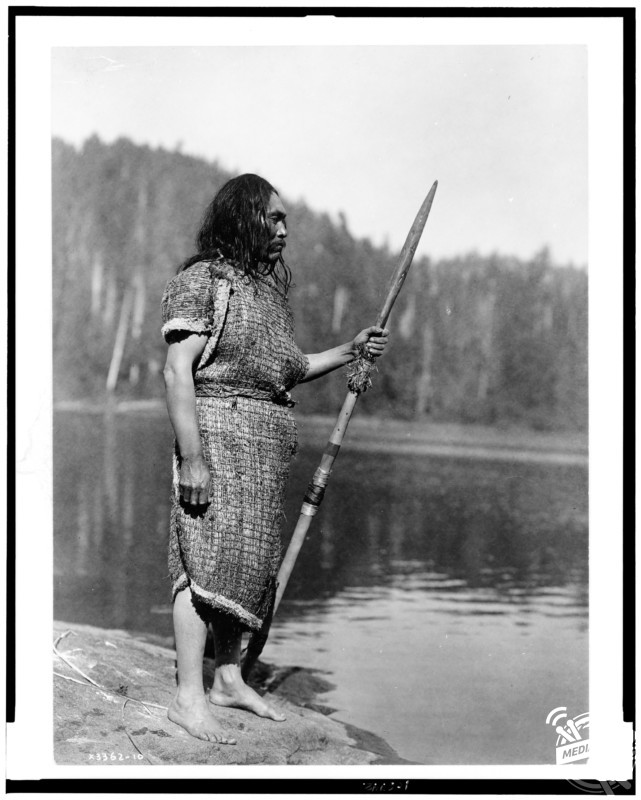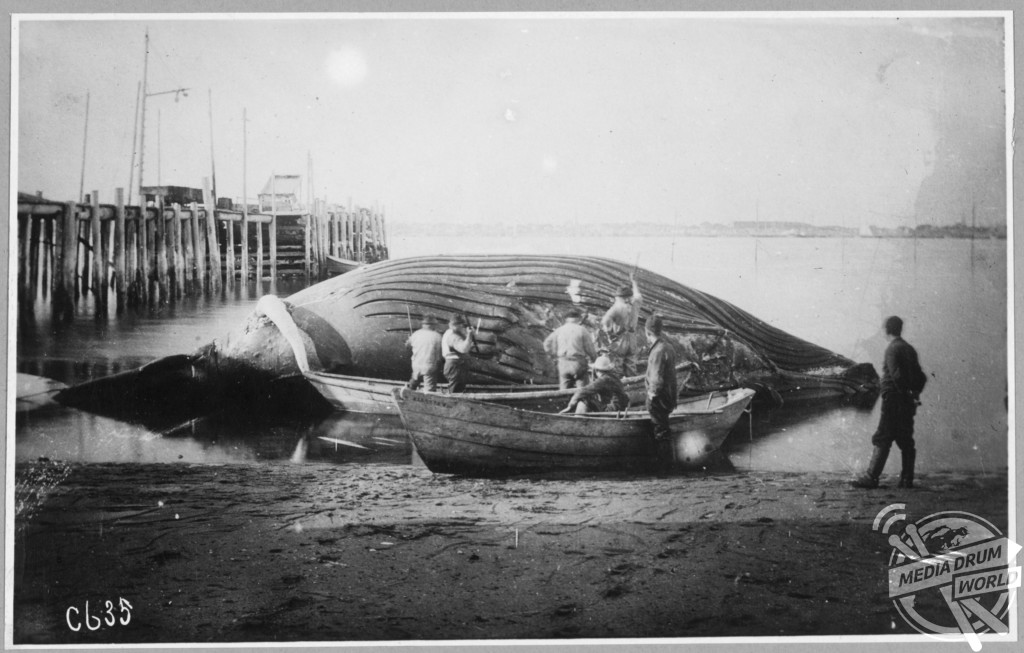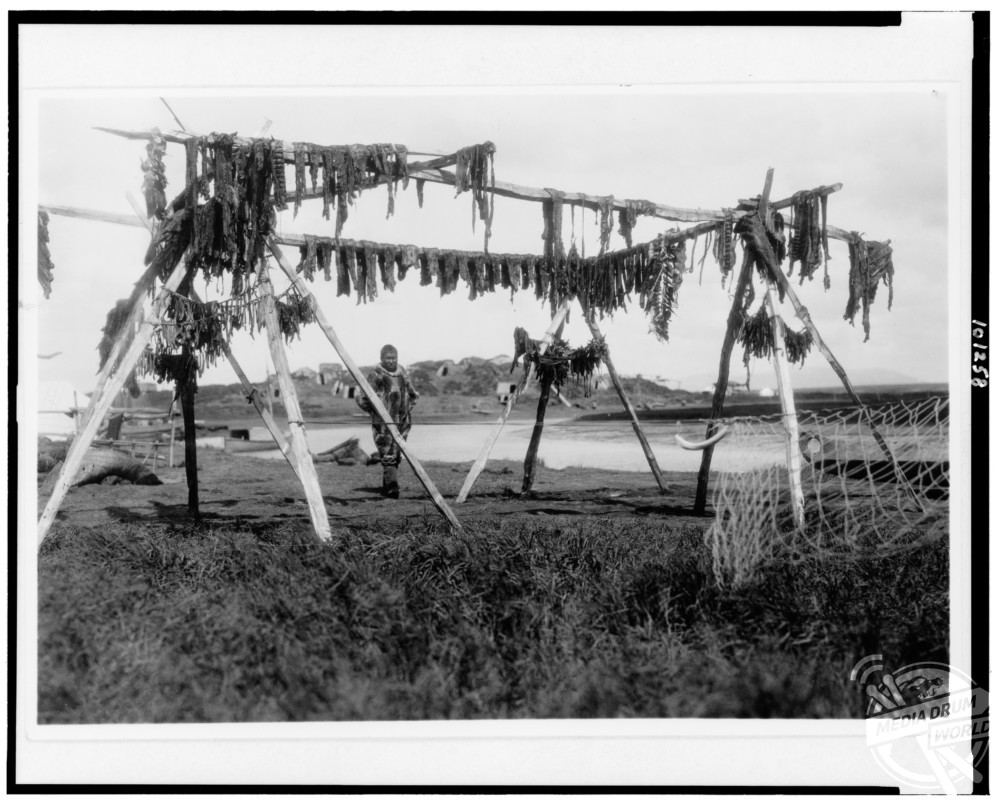
By Mark McConville
INCREDIBLE images have revealed height of the now almost extinct whaling industry at the turn of the twentieth century.
The striking pictures show whales lying dead on a beach, Eskimos launching a whale boat and even Native Americans participating in the hunt.

Other action shots show a bomb exploding on a humpback whale, workers cutting up a Blue whale in Alaska and others cutting up a humpback to collect its blubber.
The black and white photographs were taken between 1900 and 1930 as photographers documented the whaling industry.

Whaling is the hunting of whales for their usable products like meat, oil and blubber.
The origins of whaling in the United States of America date to the 17th century in New England and peaked in 1846-52.
By 1909 there were only three whaleships left in the Arctic fleet, with the last bowhead being killed commercially in 1921.

The International Whaling Commission (IWC) was set up under the ICRW to decide hunting quotas and other relevant matters based on the findings of its Scientific Committee. Non-member countries are not bound by its regulations and conduct their own management programs.
The IWC voted on July 23, 1982, to establish a moratorium on commercial whaling beginning in the 1985–86 season.

At the 2010 meeting of the International Whaling Commission in Morocco, representatives of the 88 member states discussed whether or not to lift the 24-year ban on commercial whaling. Japan, Norway and Iceland have urged the organisation to lift the ban.
A coalition of anti-whaling nations has offered a compromise plan that would allow these countries to continue whaling, but with smaller catches and under close supervision.

The US continues whaling using the International Whaling Commission exception for Aboriginal whaling. Catches have increased from 18 whales in 1985 to over 70 whales in 2010.
The latest IWC whaling quota allows for a total of up to 336 bowhead whales to be killed in the period 2013 to 2018.





